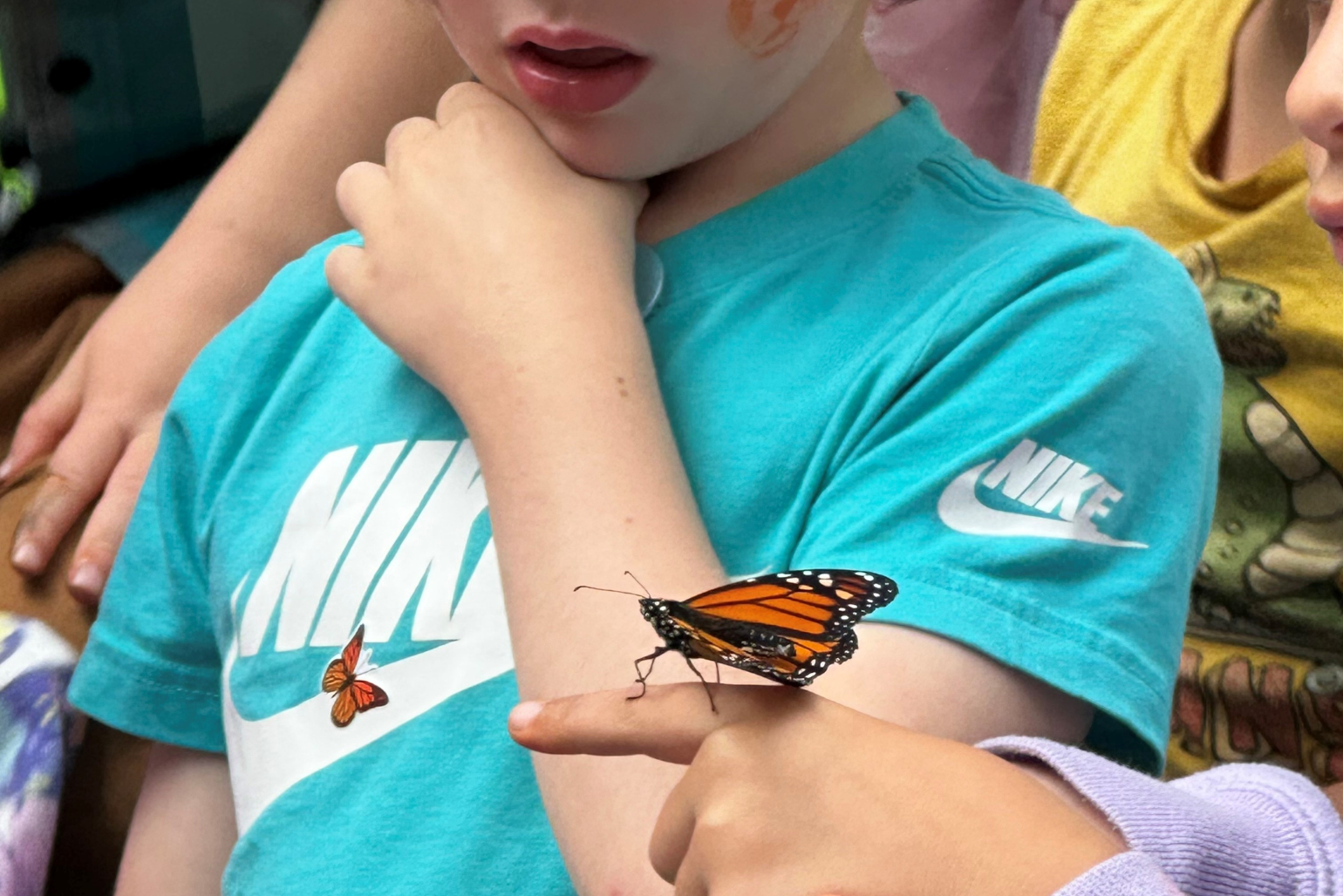Author: Jorge Malo, DNCR Office of K-12 Education & Outreach
I recently read about the “point-and-call” method, a technique used in Japan where individuals physically point at something and call out its status. It’s a simple but powerful way to bring awareness to our surroundings and reduce errors. But beyond its practical use, it offers a metaphor for how we can live more intentionally.
“Point and call” reminds us to acknowledge what’s around us, to see clearly and act with purpose: to point at who we are and what we’ve done and call it out, so we all become more aware of the reality we share.
When I first heard about Hispanic Heritage Month years ago, I thought it was a new initiative, meant to shine a light on the vibrant cultures that shape our communities. I later learned it’s been celebrated for over 30 years. It made me realize how easy it is to forget who we are, and how important it is to remember.
We get so caught up in our little lives that we forget to live them. We forget that others have little lives too, full of joy, struggle, and stories. That’s why we point and call. That’s why we celebrate.
Twelve percent of North Carolina’s population speaks a language other than English. Of this 12%, around 64% speak Spanish. The Hispanic/Latine community is North Carolina’s fastest-growing demographic, increasing from 4% in 2010 to 10.7% in 2020.
At the NC Department of Natural and Cultural Resources (DNCR), we’ve made it a priority to meet this community where they are. During Hispanic Heritage Month, our educators joined the Apex Latino Arts Festival, where artists from across Spanish-speaking cultures shared music, food, dance, and art.
We also participated in the Esperanza Festival in Alamance County, where we shared Spanish-translated resources and connected with families. At Gorges State Park’s Mountain Monarch Festival, we released butterflies migrating to Mexico and learned how to say “goodbye” and “good luck” in Spanish. Our friends from “Latinos Aventureros” joined us for a joyful day in the mountains.

DNCR’s continuous outreach efforts led to an invitation to the Mexican Consulate’s Resource Fair in Raleigh, where we shared bilingual materials and participated in a Facebook Live event during Binational Education Week. We spoke directly to the Hispanic community about our resources, programs and how they can get involved.

Across the department, others joined in celebrating Hispanic Heritage Month as well. The North Carolina Zoo hosted a “Beloved Pet Ofrenda,” a heartfelt twist on the traditional Day of the Dead altar. Community members brought photos of their resting pets to honor and remember them. The NC Museum of Art collaborated with Oakwood Cemetery to bring “Día de Oakwood” to life.

A core part of our role is to ensure that every resident of North Carolina feels welcome and part of the rich, diverse, and extraordinary history and culture our state offers. - Hugo Govea, DNCR Office of K-12 Education & Outreach
These events are more than celebrations. They’re acts of recognition. They point to the reality of our state’s communities and demographics and call us to respond with openness, creativity, and care.
In Japan, “point and call” reduces accidents by making people more aware. But we can also use it to point to the beauty in our communities. We can call out the stories that make North Carolina a beautiful place to live.

